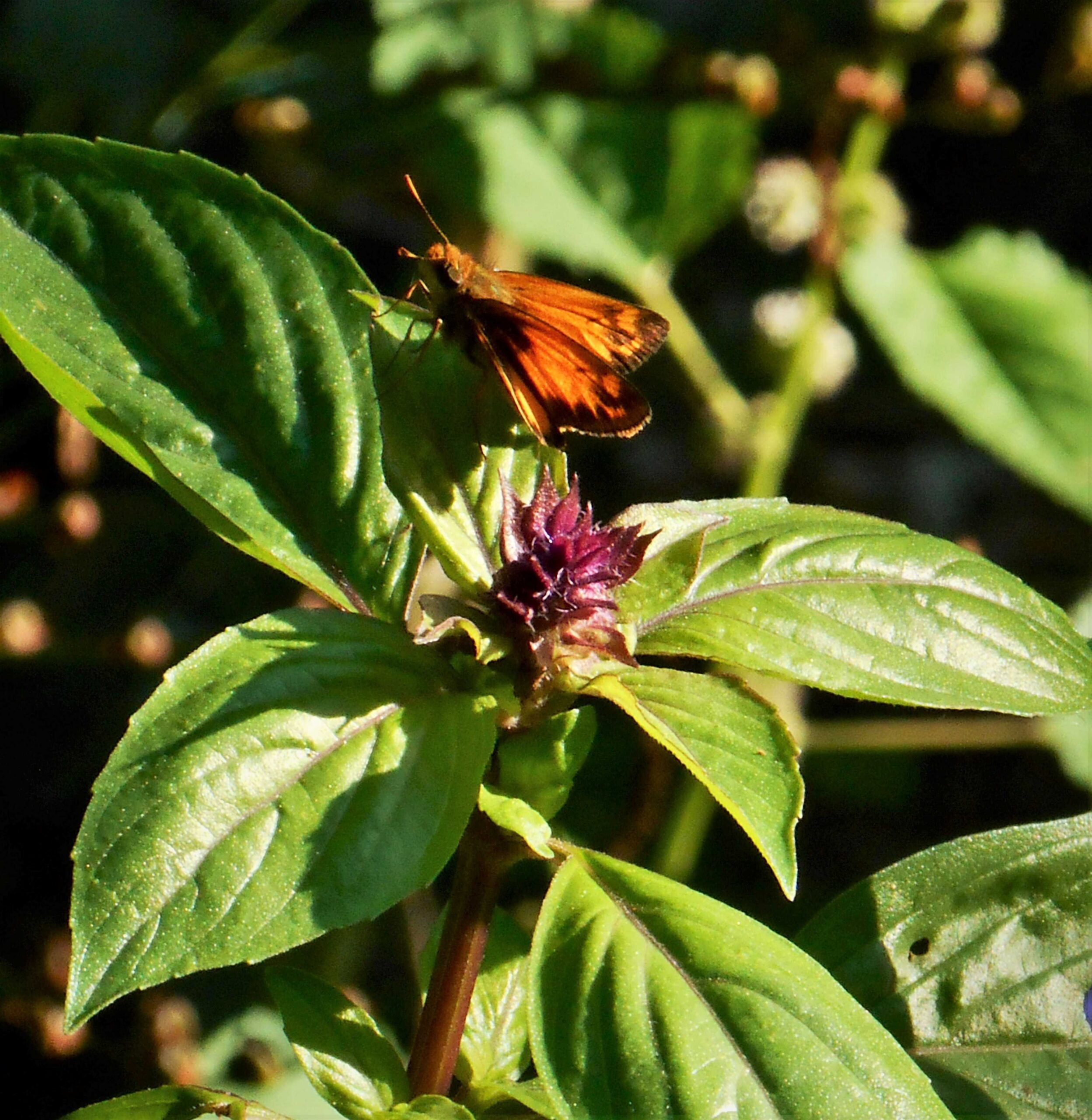A Tea Story: Past and Future
The Long Story of Tea in America Have you ever wondered where your tea comes from? Tea is one of those everyday things that we can always find at the grocery or convenience store. You may remember that tea was imported to Boston in the Colonial era. Maybe you also remember the story of how colonists, dressed as Native Americans, dumped the British East India Company’s cargo of tea into the Boston Harbor in December 1773 to protest unfairly...










